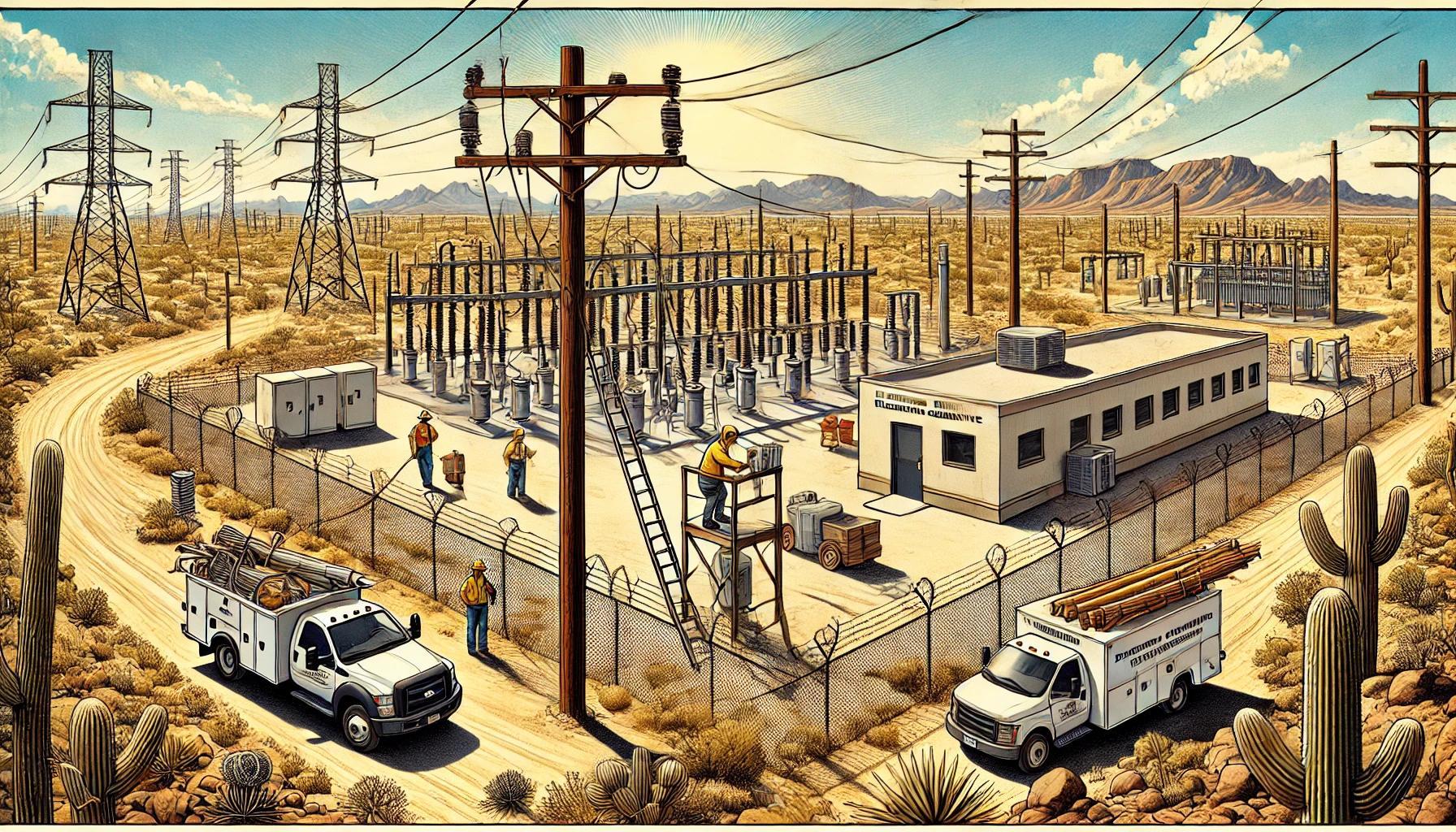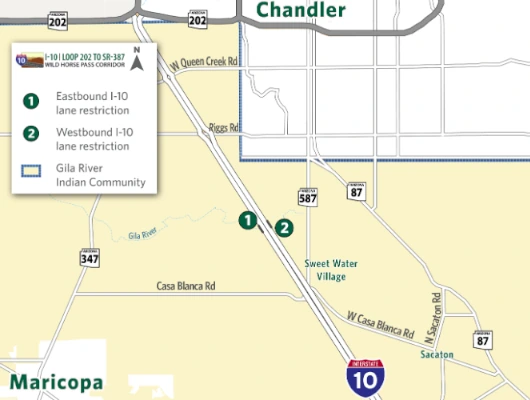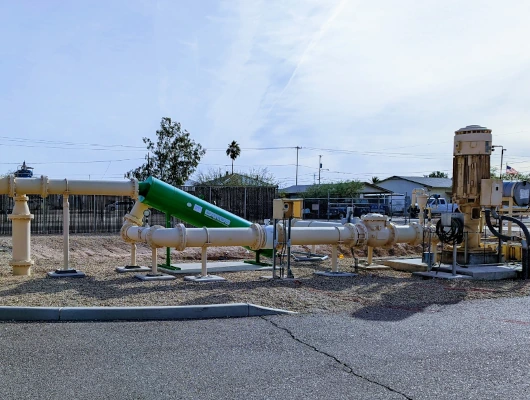Arizona’s Electric Utility Governance Guide
Recent concerns from customers of the Bureau of Indian Affairs (BIA) San Carlos Irrigation Project (SCIP) have brought attention to the diverse structures of Arizona’s utility companies and their impacts on consumers. SCIP customers have faced challenges with rate hikes, frequent outages, failing infrastructure, and delays in delivering power to new constructions. These ongoing issues underscore the importance of understanding the distinct governance, profit-handling, and regulatory frameworks among Arizona’s utilities, as they affect reliability, rates, and consumer control.
Types of Electric Utilities
Arizona’s utility landscape includes investor-owned utilities, agricultural improvement districts, electric districts, cooperatives, and federal agencies, each governed by unique frameworks that influence rates, voting rights, and local control.
For example, Arizona Public Service (APS), an investor-owned utility, operates with a corporate board, and its shareholders are the primary recipients of profits through dividends. In contrast, the Salt River Project (SRP), an agricultural improvement district, reinvests revenue into the system or uses it for regional water resource management, aligning with its non-profit mission.
Electric districts, such as ED2, ED3, and ED4, as well as Hohokam Electric, generally reinvest their earnings into infrastructure improvements and operational costs, focusing on community benefit rather than profit distribution.
Electric cooperatives, such as Graham County Electric and Trico, operate on a non-profit basis and return surplus revenue to members as capital credits or reinvest in local infrastructure. Federal agencies, such as SCIP, lack profit objectives, with any surplus funds typically directed toward federal budgetary needs or infrastructure maintenance rather than local reinvestment.
Governance Structures
The governance structures of these utilities shape how much say consumers have in decisions, and the handling of profits varies to align with each utility’s goals. Investor-owned utilities like APS, for example, focus on generating shareholder returns, which can incentivize infrastructure investments and expansion but often limits local consumer influence. In contrast, SRP and other improvement districts, whose profits are locally reinvested, provide higher local control and align resources toward regional priorities. Electric districts and cooperatives, which also reinvest profits locally, often prioritize system improvements and community benefits over individual gain, increasing the responsiveness to community needs. Federal agencies like SCIP, which operate under federal guidelines, have limited local reinvestment due to their federal funding and budget constraints, leading to slower local improvements and consumer service challenges.
Rates
Rate-setting practices also differ, impacting cost and flexibility. APS, for instance, needs Arizona Corporation Commission approval for rate changes, which includes public comment periods, while SRP and other improvement districts independently set rates through their boards. Cooperatives set rates with member input and ACC review, balancing regulatory oversight with local governance. Electric districts and federal agencies determine rates internally, operating independently of the ACC. These different approaches to rate-setting can create substantial variability in pricing, oversight, and consumer protections.
Impacts on Consumers
The impacts of each utility type on consumers vary by governance model, rate stability, local accountability, and profit reinvestment. Customers under investor-owned utilities gain regulatory protection through ACC but may see higher rates due to shareholder returns. In contrast, cooperative members and residents in electric districts often experience more local control and equitable rate-setting, with surplus revenue channeled back into community-focused improvements. Federal agencies like SCIP, with limited local control and federal financial constraints, tend to prioritize broader federal objectives, which can impact service quality, infrastructure updates, and responsiveness to local needs.
In summary, Arizona’s utility companies operate under diverse frameworks with distinct approaches to governance, rate-setting, and profit reinvestment. From profit-driven investor-owned utilities to community-focused cooperatives, these models create unique consumer experiences in terms of influence, accountability, and service quality. For Arizona residents, understanding these differences highlights how utility structures and profit handling can directly shape the reliability and affordability of their power.
Comparison Table of Arizona Utility Types
| Utility Type | Example | Governance Structure | Voting Rights | Rate Setting | Oversight | Local Control |
|---|---|---|---|---|---|---|
| Investor-Owned | APS | Corporate Board & Shareholders | Shareholders only | ACC Approval Required | Arizona Corporation Commission | Limited |
| Agricultural Improvement District | SRP | Elected Board | Landowners (acreage-based) | Board Sets Rates | Self-Governed | High |
| Electric Districts | ED2, ED3, ED4, Hohokam | Elected Board | Landowners within district | Board Sets Rates | Limited ACC Oversight | High |
| Electric Cooperatives | Graham County Electric, Trico | Member-Elected Board | One member, one vote | Board Sets Rates with ACC Review | ACC & Members | High |
| Federal Agency | BIA SCIP | Federal Administration | None | Federal Process | Bureau of Indian Affairs | Limited |






